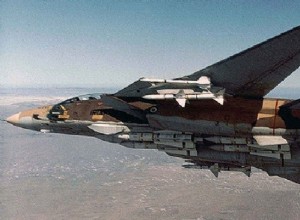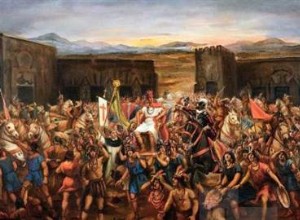In 1974 the Shah of Persia bought from the USA 80 F-14 Tomcat fighters and 284 Phoenix air-to-air missiles. Of the aircraft, 79 were delivered. On January 16, 1979, the shah was ousted by the Islamic Revolution of the mullahs. 27 Iranian F-14 pilots and American technicians from Hughes, which bui




